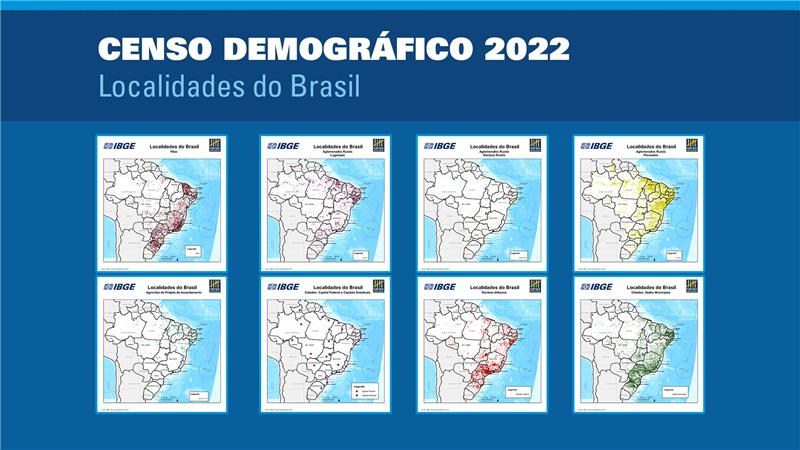Connected generations: POF shows changes in consumption
July 03, 2017 09h00 AM | Last Updated: July 18, 2017 04h06 PM
Cléa Rubinstein, 71, uses technology as easily as her grandchildren Gabriel (4) and Dora (10), chatting on Whatsapp with one daughter that lives in London and with the other one, the children's mother, who lives down the street. Born in Olaria, in rthe Northern part of Rio de Janeiro, she has lived in Copacabana since the age of eight. It's been seven decades and many lifestyle changes, all of them reflected in the family budget.
The daughter of Jewish immigrants who got here from Romania in the 1930's, Ms. Rubinstein remembers her family environent in childhood years:
“We used to speak Portuguese and Yiddish at home. And to prepare typical Jewish dishes in our celebrations, but, ocasionally, some things had to be adapted. Gefilte fish, for example, a typical Jewish fish dumpling, is made of carp, a freshwater fish, but our family eventually had to get used to national fishes”.
Since then the recipe has changed again and nowadays Jewish restaurants use an electric food processor to ground tilapia, a freshwater fish from Africa introduced in Brazil for artisanal fishing in the '80's and which accounts for about half of the fish production in the country.
Just like cooking and eating havbits, family budgets have also changed to adapt to curerent times. Expenditure with food, which employed more than one third (33,9%) of the amount spent in the 70's had their influence reduced to less than one fifth (19.8%) in 2008-2009.
From dedications on a notebook to social media
Cléa also remembers her talks with school mates in a time when cell phones, Orkut and Facebook did not exist: “Almost every guirl had a notebook full of messages written by their peers at the end of the school year. These were affectionate messages about friendship, but no big secret at all. It was all public, yet respectful. We can say that was a kind of social media then, up to a point.
The youth also had long conversations on landline telephone days: “We spoke a lot on the phone. There was a single apparatus, in the living room, without extensions in any other parts of the house. SOmetimes our parents would complain and we needed to hang up right away”.
That and more has been collected by the IBGE since the National Study of Family Expenditure (Endef), conducted in 1974-75. It was repleced by the Consumer Expenditure Survey (POF) in 1996, 2002-2003 and 2008-2009. Data collection for the next edition started on June 26 and will end in 2018.
Read more on the magazine Retratos 1
Related stories:
IBGE launches the Consumer Expenditure Survey, and shows how Brazilians spend their money
Video shows what POF collection is like
A leap in children's weight
POF also reported a leap in the number of overweight children aged 5 - 9 in a period of 35 years: in 2008-09, 34.8% of the boys were above the healthy weight range of WHO. In 1989, this index was 15%, versus 10.9% in 1974-75. Girls followed the same pattern, with an increase from 8.6% to 11.9% between the end of the 1970's and the end of the 1980's, having reached 32% in 2008-09.

















